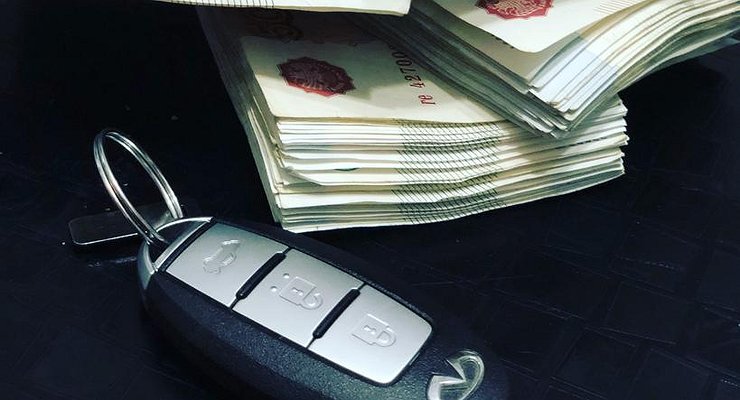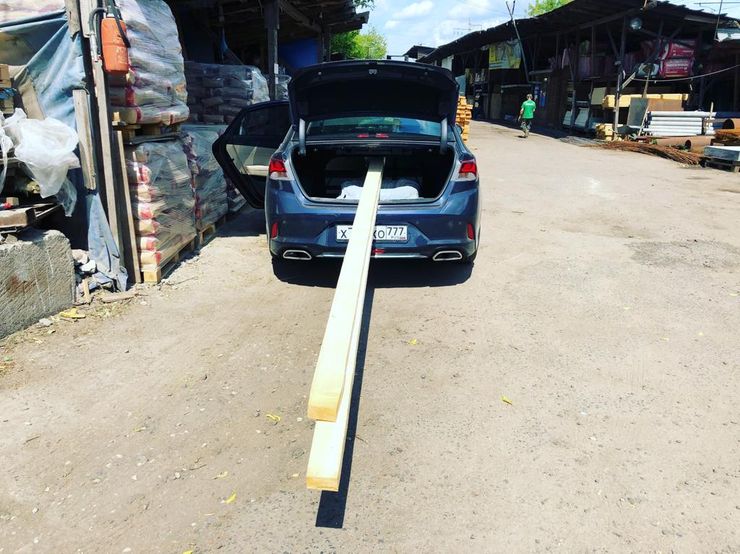The wave of used cars is growing at the borders and will soon solve the problem of scarcity. Armenia, Georgia, Kazakhstan, Belarus – read Europe – Vladivostok with its port and right-hand drive market got off to a smooth and active start. But what will happen to the new cars? The ones that get a preferential loan, which lasts three to five years with no special fees and for which you can get the same insurance? It seems that this question has also been answered.
There were several news items from the automotive world this week: firstly, the government has seriously considered “freezing” the current technical regulations of the Customs Union to make it possible to replenish the “bins” with less technologically advanced, but much cheaper used cars, and secondly, there were the first thoughtful comments about the possibilities of supplying new machines. And the meaning of these comments was not reduced to parallel imports, but to another financial instrument – barter.
The prices for energy and fertilizers, grains and metals are now so high and the demand is so great that offering raw materials instead of green paper is a perfectly logical decision. Moreover, in the tumultuous “90s” such operations were already being carried out, and on a massive basis. Many people remember the history of the famous “wood-fired Kruzaks”, for the supply of which they paid the forest. So why not play the same game today?
In addition to sanctions and other threats, there are very logical reasons for delay: the process must be formalised, legally legalized and calculated. Swapping crayons for gum is one thing, but lots of cars for oil echelons is quite another. There must be agreements, clear arithmetic and other features of a serious deal. All of the above takes time. It is unlikely that we will talk about models and even brands, most likely, a certain mechanism will be developed that will allow you to evaluate a specific batch of cars, and then pay for them.
Simply put, the market is moving in the direction of diversity and deviating from the system that has been worked out over the past twenty years by the official representations of car brands. Whether this is good or bad is a matter of service and maintenance of these most newly arrived cars, warranty certificates and spare parts. If these “subtleties” are also solved – and such a deal is made with the manufacturer, whose risks are taken over by the smaller contracting parties – then it is of course good. New cars and all types, colors and characteristics are urgently needed in Russia today. One “China” will not be full.
The most positive moment is a mutually beneficial deal that is relevant to all participants. An acute shortage of resources, a commodity of basic necessities, outweighs Russia’s need for new cars, and the speed of decision-making developed by the domestic state apparatus under pressure from the European and American public actually guarantees results this year.
There were several news items from the automotive world this week: firstly, the government has seriously considered “freezing” the current technical regulations of the Customs Union to make it possible to replenish the “bins” with less technologically advanced, but much cheaper used cars, and secondly, there were the first thoughtful comments about the possibilities of supplying new machines. And the meaning of these comments was not reduced to parallel imports, but to another financial instrument – barter.
The prices for energy and fertilizers, grains and metals are now so high and the demand is so great that offering raw materials instead of green paper is a perfectly logical decision. Moreover, in the tumultuous “90s” such operations were already being carried out, and on a massive basis. Many people remember the history of the famous “wood-fired Kruzaks”, for the supply of which they paid the forest. So why not play the same game today?
In addition to sanctions and other threats, there are very logical reasons for delay: the process must be formalised, legally legalized and calculated. Swapping crayons for gum is one thing, but lots of cars for oil echelons is quite another. There must be agreements, clear arithmetic and other features of a serious deal. All of the above takes time. It is unlikely that we will talk about models and even brands, most likely, a certain mechanism will be developed that will allow you to evaluate a specific batch of cars, and then pay for them.
Simply put, the market is moving in the direction of diversity and deviating from the system that has been worked out over the past twenty years by the official representations of car brands. Whether this is good or bad is a matter of service and maintenance of these most newly arrived cars, warranty certificates and spare parts. If these “subtleties” are also solved – and such a deal is made with the manufacturer, whose risks are taken over by the smaller contracting parties – then it is of course good. New cars and all types, colors and characteristics are urgently needed in Russia today. One “China” will not be full.
The most positive moment is a mutually beneficial deal that is relevant to all participants. An acute shortage of resources, a commodity of basic necessities, outweighs Russia’s need for new cars, and the speed of decision-making developed by the domestic state apparatus under pressure from the European and American public actually guarantees results this year.
Source: Avto Vzglyad
I’m Sandra Torres, a passionate journalist and content creator. My specialty lies in covering the latest gadgets, trends and tech news for Div Bracket. With over 5 years of experience as a professional writer, I have built up an impressive portfolio of published works that showcase my expertise in this field.














